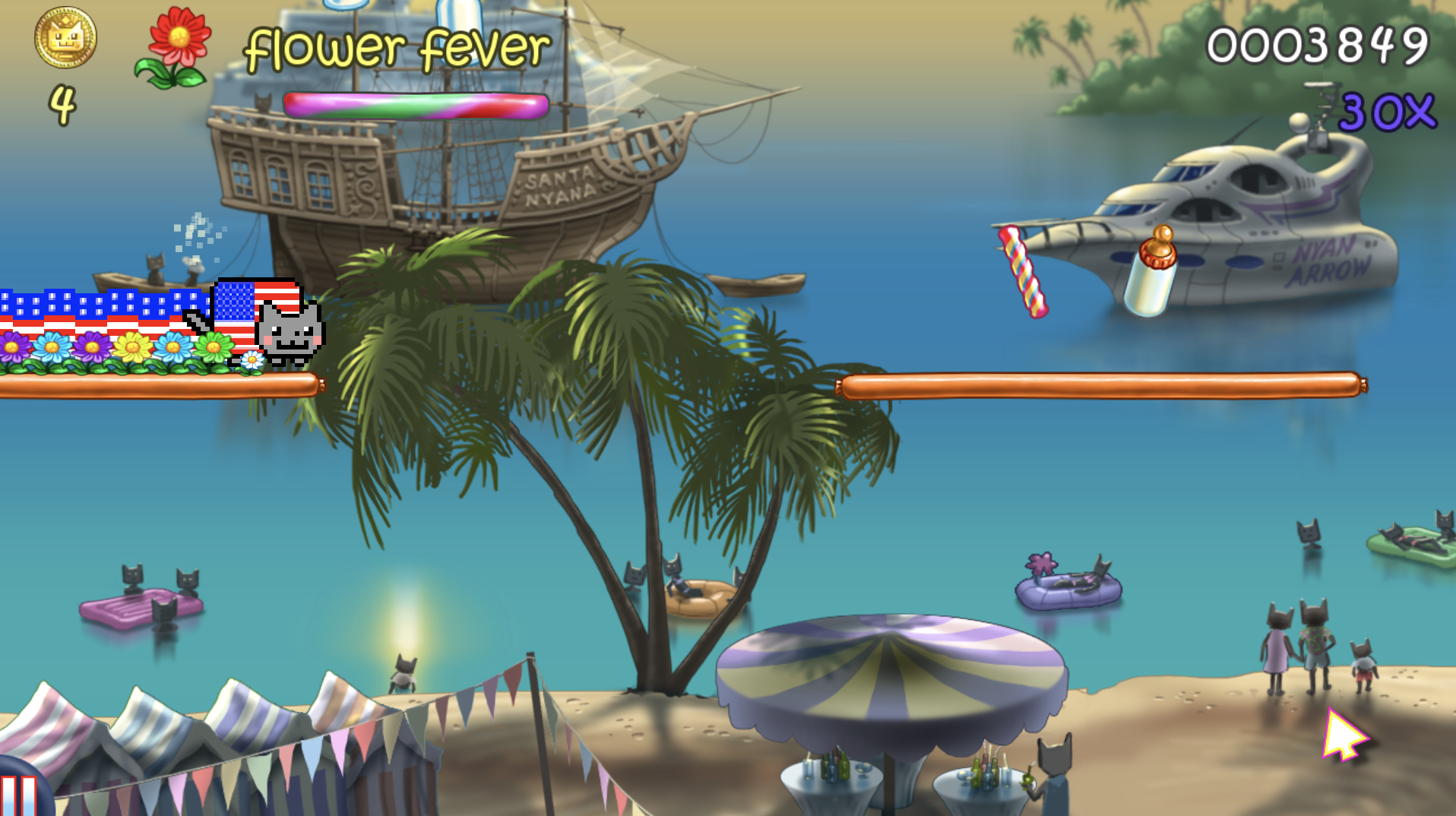
Welcome to Pixalate’s CTV & Mobile App Manual Reviews According to COPPA, a series containing the detailed factors the Trust & Safety Advisory Board educators used to assess an app’s child-directedness.
The educators manually review thousands of mobile apps available in the Google Play & Apple App Stores as well as connected TV (CTV) apps from the Roku Channel Store and Amazon Fire TV App Store using the COPPA Rule factors shown below & make those results available to the public at ratings.pixalate.com.
This post takes a look at a game which is available from the Google Play Store and Apple App Store. Our reviewer discusses how the subjective factors set forth in the COPPA Rule apply to the app and factor into the reviewer's determination as to whether the app is child-directed or general audience (i.e., it is not targeting children).
The teacher will indicate the factors they relied upon in their assessment using the 10 factors shown below that reflect the 10 child-directed factors in the COPPA Rule.

Nyan Cat: Lost in Space is a retro-style, endless running game based upon the old Pop-Tart Cat video from the early days of YouTube, now rebranded as Nyan Cat. Players must steer Nyan Cat through space to collect a variety of objects such as milk, candy, ice cream, and baked goods. Although this game is simple and certainly appealing to children, the nostalgic aspect of Nyan/Pop-Tart Cat is also appealing to adults.
and
The standard Nyan Cat features a pink Pop-Tarty body with a gray cat head, feet, and tail. The cat and its rainbow that trails behind are animated in an 8-bit style, while the backgrounds and objects are clearer and more modern animations. The mix of animation styles adds to the universal appeal of the game.
While the standard Nyan Cat is most featured, players can unlock additional skins for a variety of different cats.
There is little language used within the game, but occasional speech bubbles from Nyan Cat and game instructions are simple and easy for young children to understand.
The music playing in the background is fast-paced with meows and nonsense lyrics that would be appealing to children but drive most adults crazy. Fortunately, the music can be turned down or off completely to maintain the sanity of any adults nearby.
Coins and candy are the currency within the app and can be earned in a variety of ways, such as playing levels and daily rewards. Coins can be used to purchase additional cat skins and background themes, allowing players to customize their gaming experience. Coins can also be used to save Nyan Cat to continue a level or to add boosters upon starting a level. Candy is used to upgrade the Nyan Cat town, adding buildings that can produce candy, coins, and other items that can be used within the game.
Video ads for other apps and games are played upon ending a level. The Android version of the game tends to have more advertising for child-directed and mixed audience apps, while the Apple version tends to show more general audience advertisements.
and
Nyan Cat: Lost in Space is rated 4+ on the Apple App Store and E in the Google Play Store. Reviews on both Apple and Google stores indicate a mixture of children and adults playing Nyan Cat. There are many children writing reviews that they are playing the game, as well as older teens and adults that reference playing when they were children.
Privacy
The privacy policy does not have a date listed to indicate when it was last updated and does not specifically address children’s privacy. The privacy policy indicates that the developer automatically collects information about how the user interacts with the game, information from linked social media accounts, information from devices accessing games, location information, and targeted advertising information. They indicate that they do share information with advertisers and third parties.
Find Pixalate's full catalogue of reviews in our CTV and Mobile App Review Page
Screenshots of Nyan Cat: Lost In Space

Pixalate’s Trust and Safety Advisory Board was created to bring in individuals with experience using child-directed apps in the classroom to review and assess which apps are child-directed. This manual review process serves to quality check Pixalate’s automated review process. See our full methodology for more information.
Disclaimer
This blog post published by Pixalate is available for informational purposes only and is not considered legal advice. By viewing this blog post, the reader understands and agrees that there is no attorney-client relationship between the reader and the blog publisher. The blog should not be used as a substitute for legal advice from a licensed professional attorney in the applicable jurisdiction(s), and readers are urged to consult their own legal counsel on any specific legal questions concerning any specific situation. The content of this blog post reflects Pixalate's opinions with respect to factors that Pixalate believes may be useful to the digital media industry. Pixalate's opinions are just that, opinions, which means that they are neither facts nor guarantees; and this blog post is not intended to impugn the standing or reputation of any entity, person or app, but instead, to report findings pertaining to mobile and Connected TV (CTV) apps.
*By entering your email address and clicking Subscribe, you are agreeing to our Terms of Use and Privacy Policy.
These Stories on Mobile
*By entering your email address and clicking Subscribe, you are agreeing to our Terms of Use and Privacy Policy.

Disclaimer: The content of this page reflects Pixalate’s opinions with respect to the factors that Pixalate believes can be useful to the digital media industry. Any proprietary data shared is grounded in Pixalate’s proprietary technology and analytics, which Pixalate is continuously evaluating and updating. Any references to outside sources should not be construed as endorsements. Pixalate’s opinions are just that - opinion, not facts or guarantees.
Per the MRC, “'Fraud' is not intended to represent fraud as defined in various laws, statutes and ordinances or as conventionally used in U.S. Court or other legal proceedings, but rather a custom definition strictly for advertising measurement purposes. Also per the MRC, “‘Invalid Traffic’ is defined generally as traffic that does not meet certain ad serving quality or completeness criteria, or otherwise does not represent legitimate ad traffic that should be included in measurement counts. Among the reasons why ad traffic may be deemed invalid is it is a result of non-human traffic (spiders, bots, etc.), or activity designed to produce fraudulent traffic.”

